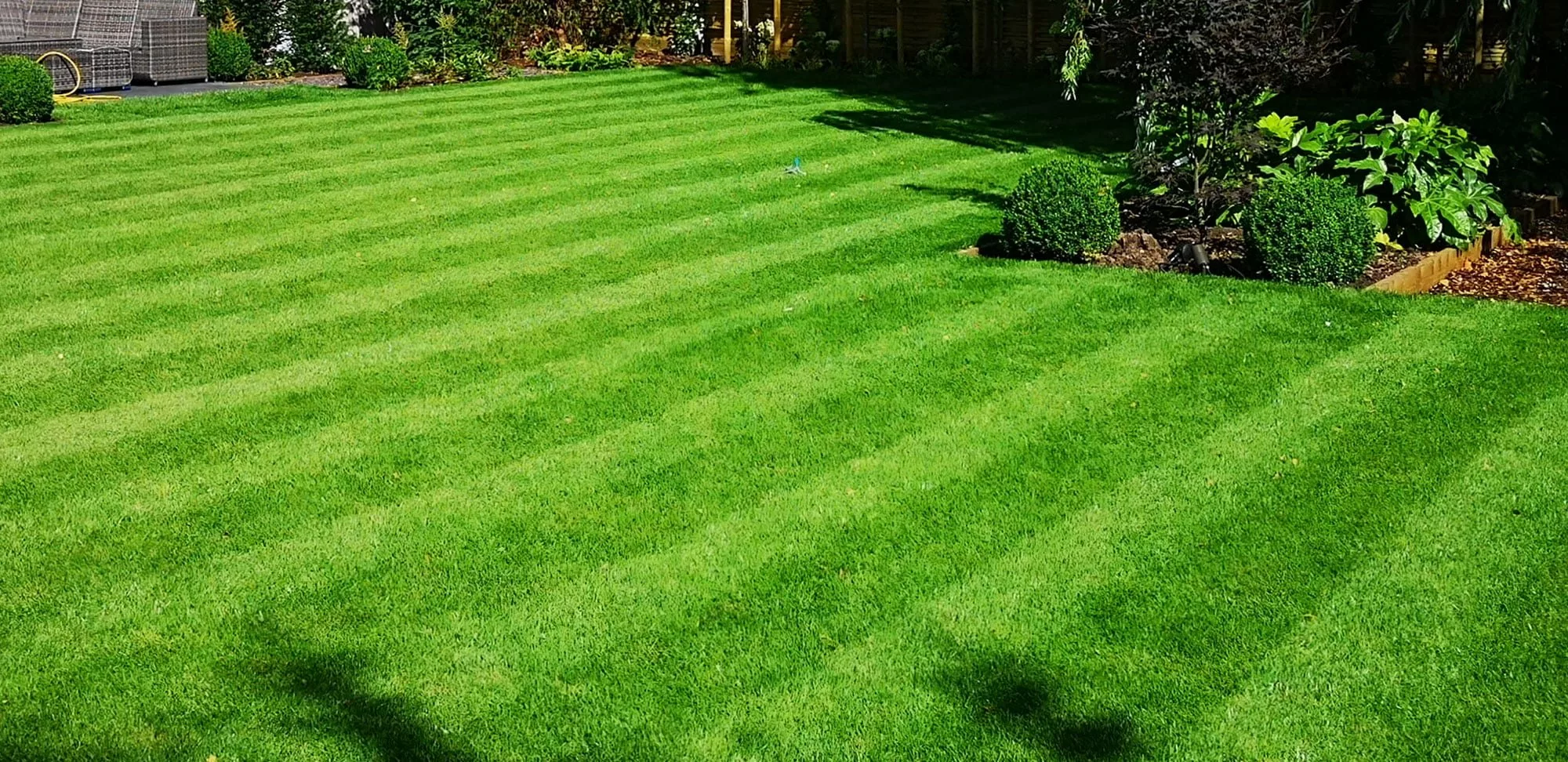There are several types of grasses commonly used for lawns, each with its own characteristics and suitability for different climate zones. Here are some popular grass types and their general characteristics:
1. Kentucky Bluegrass (Poa pratensis):
– Characteristics: Dark green color, fine texture, dense growth.
– Zones: Cool-season grass suitable for northern and transition zones (Zone 1-6).
2. Perennial Ryegrass (Lolium perenne):
– Characteristics: Quick germination, fine to medium texture, good wear tolerance.
– Zones: Cool-season grass suitable for northern and transition zones (Zone 1-6).
3. Fine Fescue (Festuca spp.):
– Characteristics: Fine texture, shade tolerance, low maintenance.
– Zones: Cool-season grass suitable for northern and transition zones (Zone 1-6).
4. Tall Fescue (Festuca arundinacea):
– Characteristics: Coarse texture, deep root system, good heat and drought tolerance.
– Zones: Cool-season grass suitable for transition and southern zones (Zone 4-8).
5. Bermuda Grass (Cynodon dactylon):
– Characteristics: Fine to medium texture, excellent heat and drought tolerance, vigorous growth.
– Zones: Warm-season grass suitable for southern zones (Zone 7-10).
6. Zoysia Grass (Zoysia spp.):
– Characteristics: Fine to medium texture, good heat and drought tolerance, slow growth.
– Zones: Warm-season grass suitable for transition and southern zones (Zone 5-10).
7. St. Augustine Grass (Stenotaphrum secundatum):
– Characteristics: Coarse texture, good shade tolerance, good heat and salt tolerance.
– Zones: Warm-season grass suitable for transition and southern zones (Zone 8-10).
8. Centipede Grass (Eremochloa ophiuroides):
– Characteristics: Coarse texture, low maintenance, good heat tolerance.
– Zones: Warm-season grass suitable for southern zones (Zone 7-9).
9. Bahiagrass (Paspalum notatum):
– Characteristics: Coarse texture, good heat and drought tolerance, good wear tolerance.
– Zones: Warm-season grass suitable for southern zones (Zone 7-10).
It’s important to note that these grasses have varying characteristics and are suitable for different climate zones. The United States Department of Agriculture (USDA) has divided the country into different hardiness zones based on average annual minimum temperatures. The zones range from 1 (coldest) to 13 (hottest). When selecting grass for your lawn, consider the specific zone you are in to choose a grass type that is well-suited for your climate conditions.
Additionally, within each grass type, there are often different cultivars available, each with its own specific traits such as disease resistance, color, and growth habits. It’s a good idea to consult with local lawn care professionals or garden centers to determine the best grass type and cultivar for your specific region and lawn conditions.

